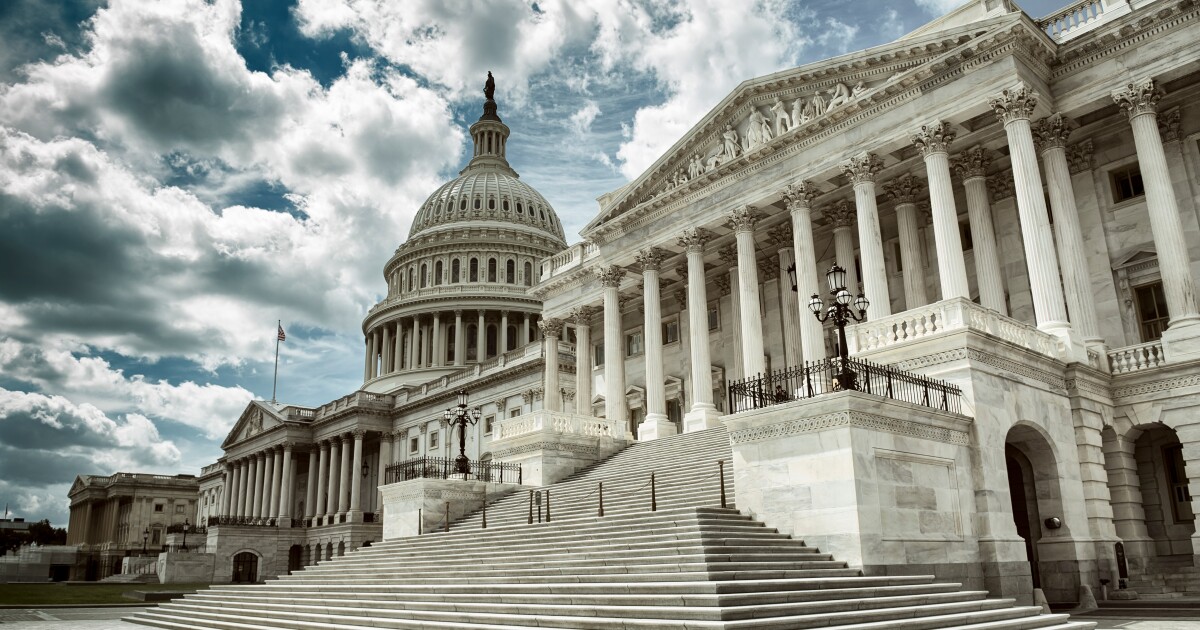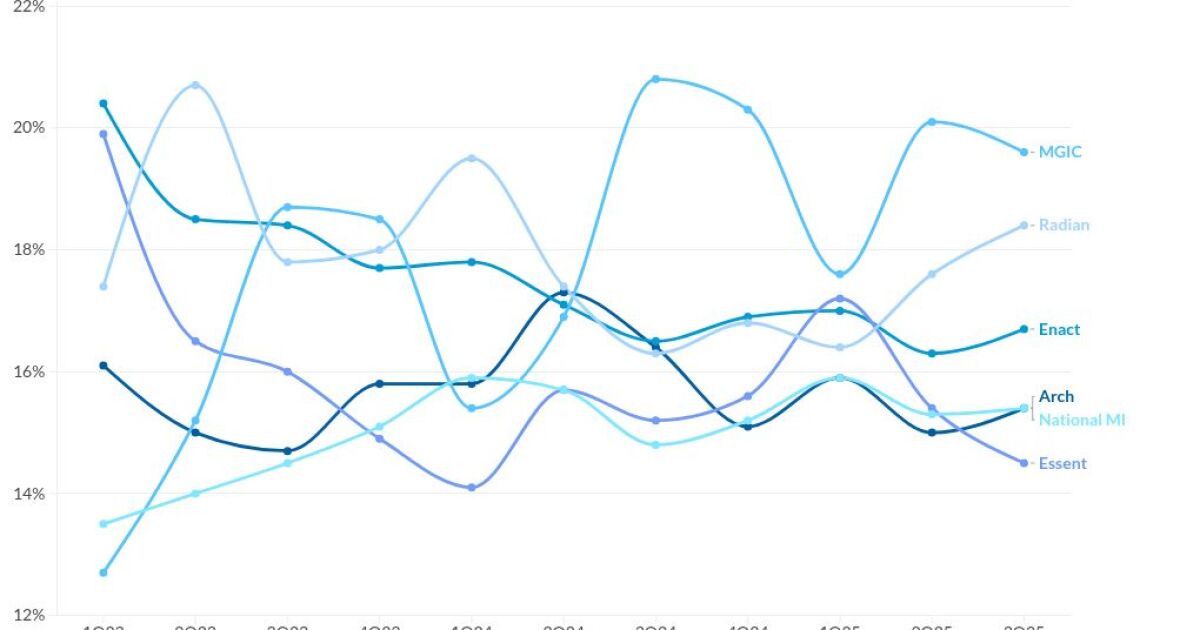
A last-minute, temporary, budget agreement has headed off a potential interruption in public services that would have affected mortgage operations, but it didn't do much to alleviate upward pressure on rates that's been bedeviling lenders.
The mortgage rate-indicative 10-year Treasury yield jumped to a high last seen in 2007 on Monday as uncertainty continued to swirl around negotiations over federal appropriations, which will resume when funding authorization ends next month.
"This brinkmanship that goes on in Washington erodes the confidence of the investor," said Melissa Cohn, regional vice president at William Raveis Mortgage.
That said, the averted government shutdown did relieve lenders from immediately having to contend with operational challenges in addition to higher rates.
Prior to the stopgap agreement, entities such as Ginnie Mae had been preparing workarounds for things like possible delays in final government approvals for loans in securitizations it insures. Mortgage companies had been bracing themselves for potential procedural issues.
The Federal Housing Administration and Department of Veterans Affairs all would likely have been short-staffed this week without the agreement. The U.S. Department of Agriculture, Internal Revenue Service and Federal Emergency Management Agency would have too.
"You wouldn't have been able to get tax transcript verifications, you wouldn't be able to get some flood insurance, theoretically. If someone was applying for an FHA, VA, or USDA loan, while the agencies would still be working, the work would be done on a skeleton staff," Cohn said.
Given the current division in Congress and the short-term nature of the current budget pact, lenders could be faced with the possibility of a shutdown again when the agreement ends on Nov. 17.
"They basically just kicked the can down the road," Cohn said.
While the industry has weathered shutdowns before thanks to contingency measures and a trickle of public funding usually allowed for vital operations, the current level of partisanship, uncertainties around flood insurance and low profit margins particularly worry lenders now.
If a shutdown does materialize later this year, one thing that may help somewhat when it comes to the lack of National Flood Insurance Program coverage for new loans is the growing private market for policies.
Private flood insurance went from constituting roughly 12% of policies in 2016 to nearly a third of the market last year, with the number of providers also growing in that time span.
However, private coverage has its limits and can have a higher cost, Cohn said.
"If the NFIP loses its funding, we'll have to look at other private, more expensive insurance programs where maybe people who thought they could afford to buy a home can no longer afford it," Cohn said.
Companies in the private flood market are eager to help borrowers but won't be able to the degree the NFIP did if Congress remains at an impasse after Nov. 17, John Dickson, CEO/president of Aon Edge, a managing general underwriter in this business sector.
"The private market doesn't insure houses wherever houses are built," Dickson said, alluding to the properties in flood zones the federal government insures. "Until we stop building houses where houses don't belong, there will always be homes that we won't be able to underwrite."
"That's probably the biggest bucket of homes that would be impacted by a shutdown," he added.
Florida is one state that would be especially prone to mortgage-related challenges if the government can't agree on a budget deal when the stopgap funding ends. Flood zones are common and it tends to have short, 30-day closing contracts that processing delays would strain.
"Being in Florida, I have so many buyers that are buying in flood zones and the brokers are just scrambling to get the insurance written," Cohn said, noting NFIP coverage can be secured within a matter of days and it's expected to be available for loans until shortly before Nov. 17.
The concern related to federal flood insurance if a shutdown materializes next month will likely be contained to new originations, but Dickson warns there is an off-chance of an extended budget impasse affecting the NFIP's claims paying ability on existing policies.
"If there was a large-scale government shutdown and there's no more funding, FEMA will run out of money quickly. The other thing that happens is the loss of borrowing authority. Then if they had to pay out claims on a large-scale hurricane, things would get interesting," he said.
However, timelines for NFIP claims payments are generally longer than most government shutdowns have been, so the chances that a budget impasse affected existing policyholders are slim, Dickson said.
The last major government shutdown in 2018 and 2019, which stemmed largely from an impasse around border wall funding, lasted more than 30 days. (Legislators excluded proposed spending for border security and Ukraine to get the current stopgap budget approved.)
Contingencies that mortgage companies had to contend with in 2018 and 2019 included the impact of furloughs that briefly affected hundreds of thousands of federal workers, making it difficult for some to keep repaying their loans.
Mortgage servicers in past shutdowns have used payment suspensions more typically used in response to natural disasters to federal workers left temporarily unemployed. The practice may have helped lay the groundwork for broader application of forbearance in the 2020 pandemic.
The government eventually has to make good on back pay for furloughed employees under legislation passed in 2019, so if a shutdown does materialize this year, servicers have some assurance that the hardship involved is more likely to be temporary than long term.
Seniors are another group of borrowers that past precedent suggests could be impacted if another budget impasse materializes next month. The 2018-2019 shutdown created distinct challenges for reverse mortgages and nursing home loans.



